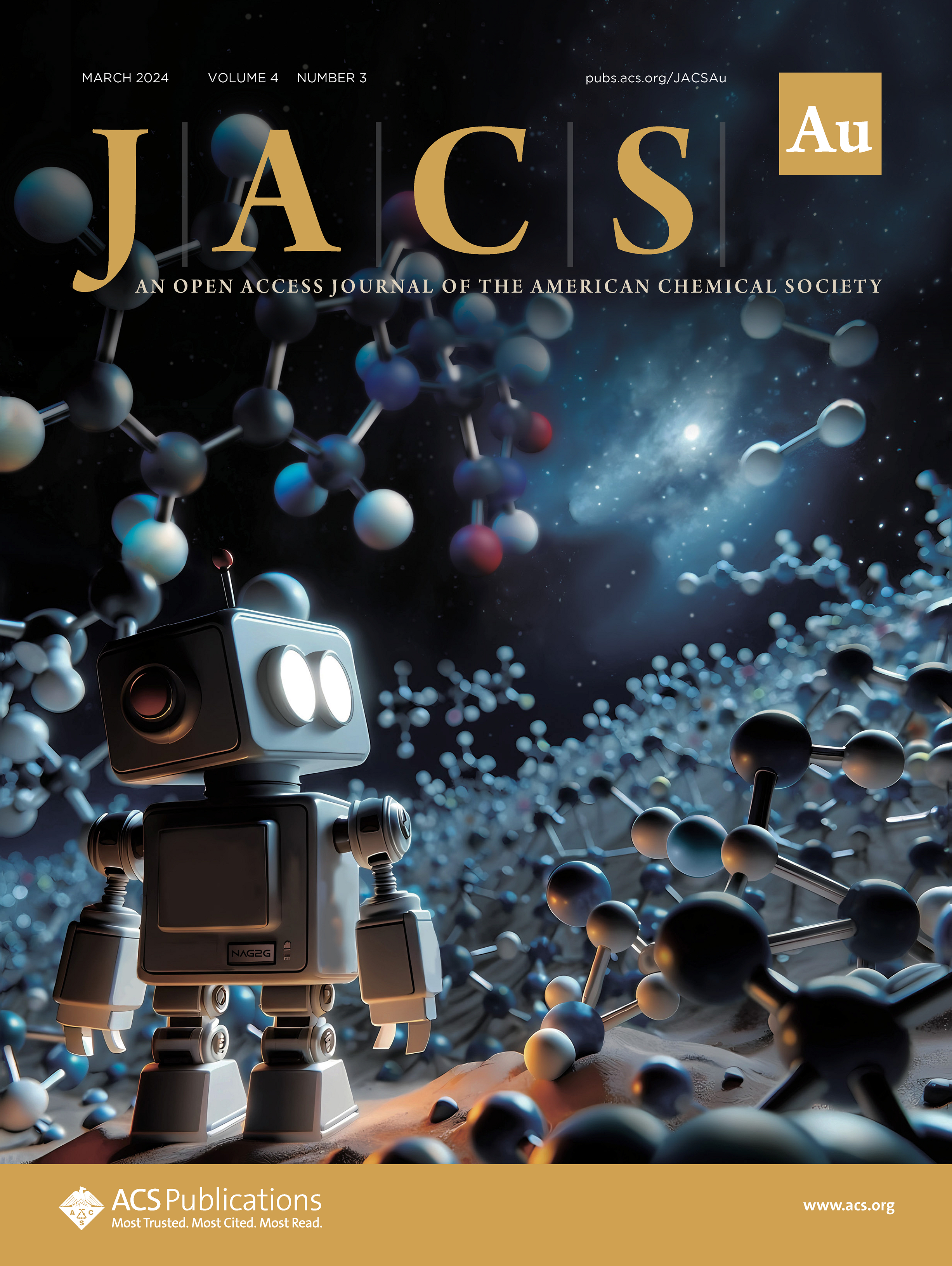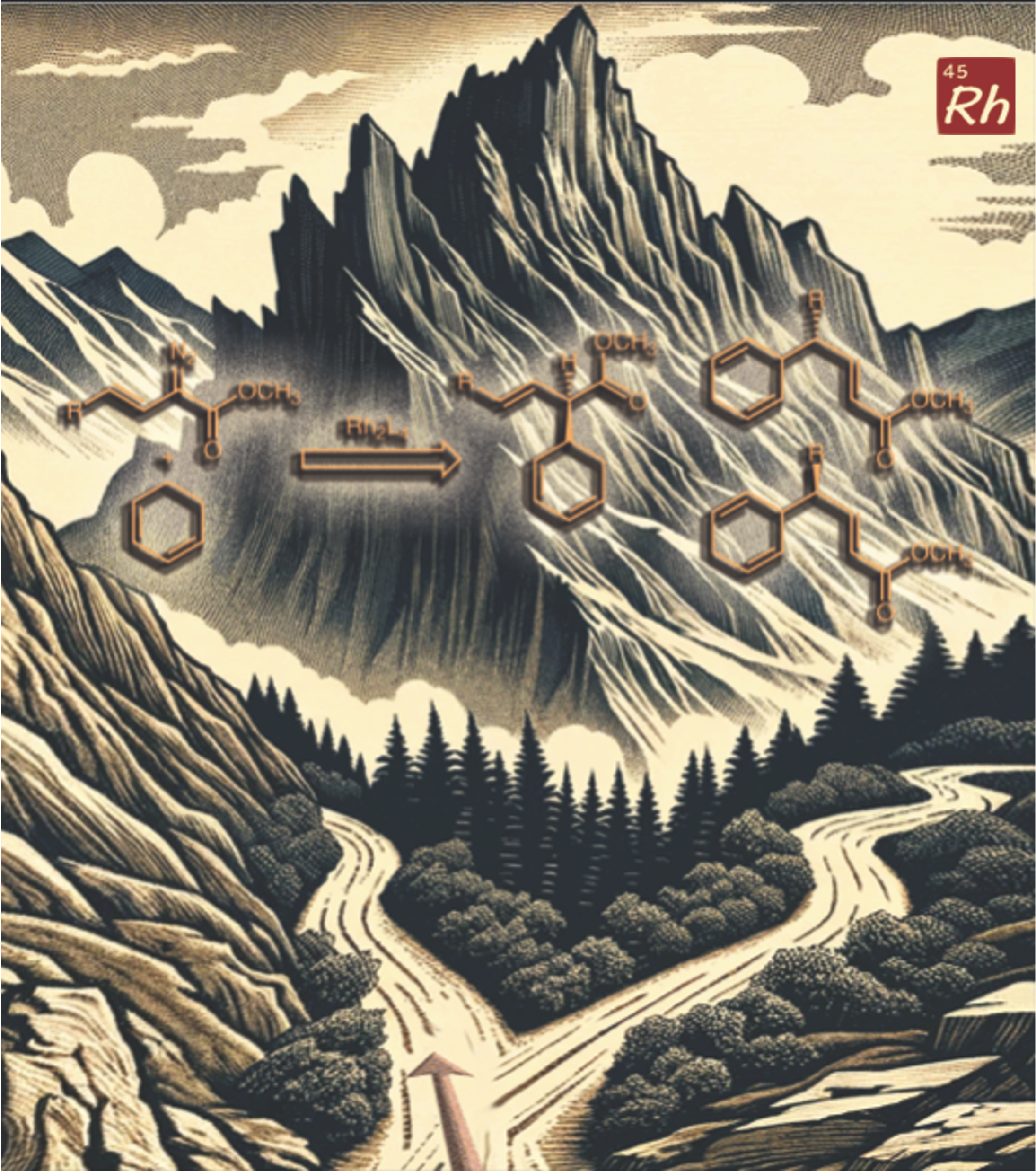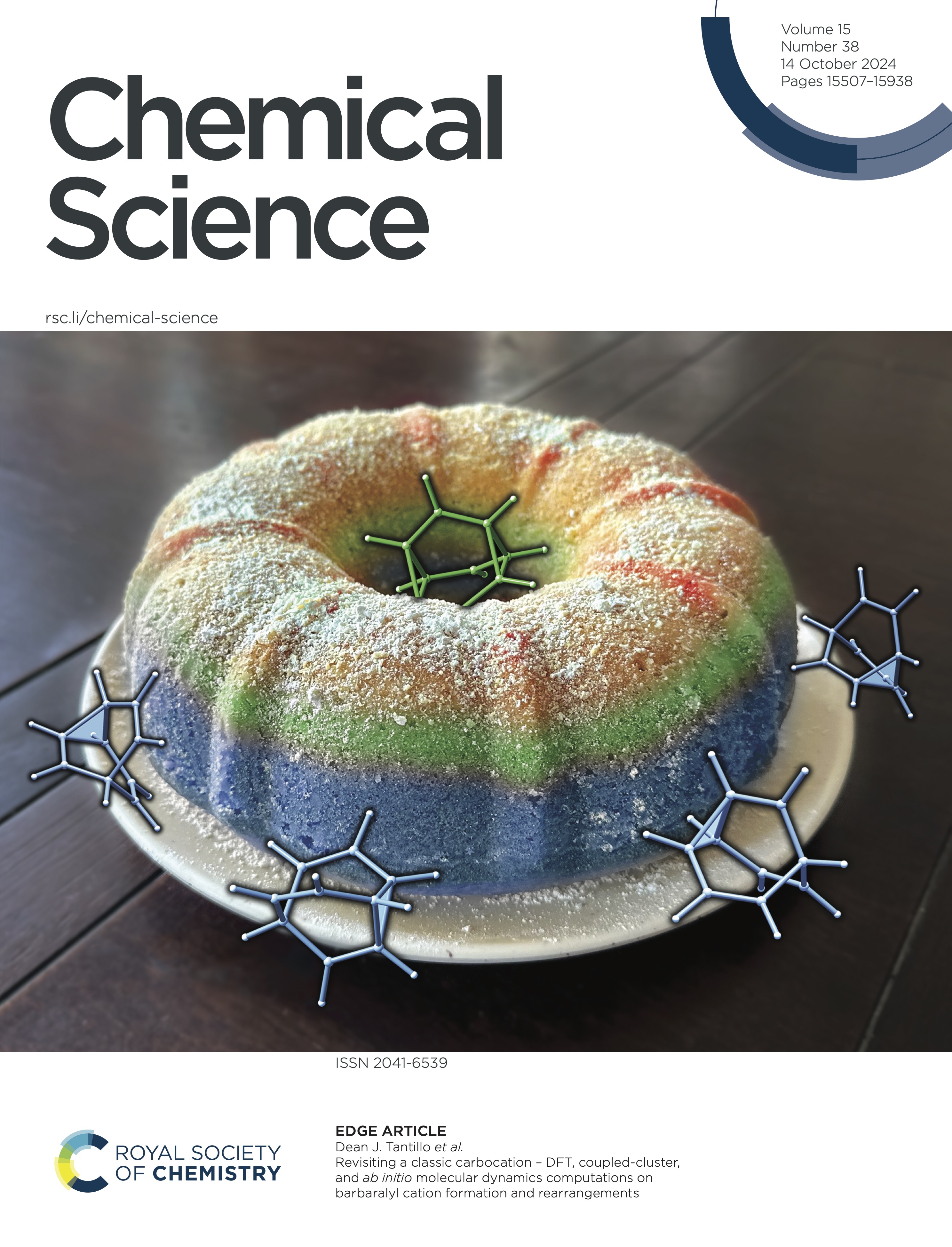Sitemap
A list of all the posts and pages found on the site. For you robots out there is an XML version available for digesting as well.
Pages
Posts
Scrapping google scholar
Published:
A script for scapping google scholar using python.
GROMACS-2-runMD
Published:
In this blog post, I will introduce my second study note on using GROMACS package – running protein MD. The purpose of this post is to provide a concise example of the key steps and functions involved in setting up and running MD simulations for proteins. For a more comprehensive guide, I highly recommend referring to the tutorials available at mdtutorials.
GROMACS-1-installation
Published:
Short tutorial/note on how to install gromacs on HPC
Quickguide on NMR calculation
Published:
This document introduces a fundamental workflow for performing NMR calculations on small organic molecules. It aims to help experimentalists or newcomers to computational chemistry quickly gain hands-on experience with NMR calculations. For a more detailed and comprehensive content, please refer to this chapter of computational NMR.
Polyrate&Gaussrate Helper
Published:
Polyrate and Gaussrate are powerful computational chemistry tools for studying reaction kinetics and transition states. This document serves as a guide for installing, setting up, and using these software packages on high-performance computing (HPC) platforms, specifically the XSEDE expanse platform.
portfolio
publications
Novel D–A–D based near-infrared probes for the detection of β-amyloid and Tau fibrils in Alzheimer’s disease Permalink
Published in Chemical Communications 63, 2018
Novel D–π–A–π–D probes were investigated for the detection of Aβ plaques and NFTs. The probes displayed remarkable optical properties, and DADNIR-2 possessed high affinity towards Tau and Aβ aggregates (Kd = 0.41 nM and 1.04 nM, respectively) with certain selectivity. DADNIR-2 could penetrate the BBB and label Aβ plaques in vivo.
Download here
NMR Prediction with Computational Chemistry Permalink
Published in Book: Enabling Tools and Techniques for Organic Synthesis: A Practical Guide to Experimentation, Automation, and Computation, 2023
This chapter reviews the typical procedures available for predicting and assigning structures using nuclear magnetic resonance (NMR) computations.
Regiocontrol via Electronics: Insights into a Ru‐Catalyzed, Cu‐Mediated Site‐Selective Alkylation of Isoquinolones via a C− C Bond Activation of Cyclopropanols Permalink
Published in Chemistry–A European Journal 29 (55), e202301551, 2023
A Ru-catalyzed, Cu-mediated site-selective, C3/C4-alkylation of N-pyridylisoquinolones is achieved. The reaction pathway is characterized by open-shell singlet and triplet energy pathways arising from the bimetallic complex. Regioselectivity arises from the energies of the two states. While the electron-donating groups primarily afford the unprecedented C(4)-isomer, electron-withdrawing groups show an inclination towards the C(3)-product.
Download here
Analogies between photochemical reactions and ground-state post-transition-state bifurcations shed light on dynamical origins of selectivity Permalink
Published in Nature Chemistry, 2024
The origins of kinetic selectivity in organic chemistry can be revealed by comparing competing transition states, but in some cases, a single transition state leads to multiple products, and non-statistical dynamic effects influence selectivity control. Using machine-learning-assisted non-adiabatic molecular dynamics and multiconfiguration pair-density functional theory, we demonstrate that for the photochemical deazetization of 2,3-diazabicyclo[2.2.2]oct-2-ene, the momentum of the reacting molecules as they return to the ground state dominates the selectivity for hexadiene versus [2.2.2] bicyclohexane products, rather than the shape of the potential energy surfaces involved.
Download here
Node-Aligned Graph-to-Graph: Elevating Template-free Deep Learning Approaches in Single-Step Retrosynthesis Permalink
Published in JACS AU 4 3, 2024
Deep learning techniques are increasingly used in single-step retrosynthesis prediction, but template-free models often struggle with atom alignment and ignore 2D molecular information, leading to lower performance compared to template-based methods. To address these issues, we introduce NAG2G, a transformer-based template-free model that combines 2D molecular graphs and 3D conformations, incorporates product-reactant atom mapping through node alignment, and demonstrates remarkable predictive accuracy.
Download here
Running Wild through Dirhodium Tetracarboxylate-Catalyzed Combined CH(C)-Functionalization/Cope Rearrangement Landscapes: Does Post-Transition-State Dynamic Mismatching Influence Product Distributions? Permalink
Published in Journal of the American Chemical Society 146 10, 2024
A special type of C–H functionalization can be achieved through C–H insertion combined with Cope rearrangement (CHCR) in the presence of dirhodium catalysts. This type of reaction was studied using density functional theory and ab initio molecular dynamics simulations, the results of which pointed to the dynamic origins of low yields observed in some experiments. These studies not only reveal intimate details of the complex reaction network underpinning CHCR reactions but also further cement the generality of the importance of nonstatistical dynamic effects in controlling Rh2L4-promoted reactions.
Download here
Heavy Atom Quantum Mechanical Tunneling in Total Synthesis Permalink
Published in Organic Letter, 2024
Contributions from quantum mechanical tunneling to the rates of several radical coupling reactions between carbon sp2 centers used as key steps in natural product total syntheses were computed using density functional theory. Contributions ranging from ∼15–52% from tunneling were predicted at room temperature, thereby indicating that tunneling plays an important role in the rates of these reactions and should perhaps be considered when designing complex synthetic schemes.
Download here
talks
Functionalized Salicylideneaniline that Enables Ground State Enol-keto Tautomerism
Published:
Salicylideneaniline, with special property, has been reported to undergo proton transfer in excited state.
Near-infrared fluorescent probe labels Aβ plaques through in vivo bioorthogonal reactions
Published:
Near-infrared fluorescent probes are increasingly being explored as markers for Amyloid-beta (Aβ) plaques, playing a crucial role in the early detection of Alzheimer’s disease. In this study, we aim to engineer a probe that leverages bioorthogonal reactions, enabling the activation or deactivation of fluorescence through light modulation. 💡
Post-transition state bifurcation in Rh-catalyzed reaction Permalink
Published:
Same topic as Houk’s conference but in a Poster format.
Post-transition state bifurcation in Rh-catalyzed reaction Permalink
Published:
Rh-catalyzed C-H insertion reactions to form β-lactones suffer from post-transition state bifurcations, with the same transition states leading to ketones and ketenes via fragmentation in addition to β-lactones.
Rearrangement of non-classical carbocation Permalink
Published:
The rearrangement of barbaralyl cation reveals its interesting and highly symmetric PES…
CHCR Reactions with Dynamic Effect Permalink
Published:
A poster on to-be-continued CHCR project…
Run Wild, Rh-carbenes! Permalink
Published:
Buckle up for a wild run through the world of Rh-catalyzed CHCR reactions!
Flexibility, π-π stacking, and ylide stabilization in organometalic catalyzation Permalink
Published:
Recent experimental work has demonstrated the potential of mixed-ligand Rh(II) paddlewheel complexes, such as Rh2(OAc)3PhTCB, to enhance cyclopropanation yields and selectivity compared to traditional catalysts with identical ligands like Rh2(OAc)4. In this computational study using density functional theory (DFT), we explore the mechanistic basis for the improved performance of Rh2(OAc)3PhTCB. The mixed-ligand design offers increased catalyst flexibility, enabling the dissociation of the PhTCB ligand from the vacant Rh site and the formation of stabilizing π-π stacking interactions with the substrate in a three-benzene sandwich structure. Along the reaction pathway, the Rh-carbene intermediate forms an explicit C-S bond, resulting in an ylide structure that represents a deep energy minimum. The unique functionality of the Rh2(OAc)3PhTCB catalyst arises from its ability to modulate the energetic landscape and promote cyclopropanation while suppressing side reactions. These computational insights highlight the power of mixed-ligand Rh(II) catalysts and provide a framework for the rational design of improved Rh paddlewheel catalysts.
Vinyl Carbocation Chemistry: Confronting the Computational Challenges That Matter Permalink
Published:
Vinyl carbocations, a intriguing reaction intermediates are too unstable to observe in reality, existing only as highly reactive intermediates. In this projectm we use ab initio computational approaches combining machine-learning potentials to investigate its half-life time and stability in solution with explicit solvation modeled in the system.
Enhancing AI-aided drug design with Uni-QSAR (on behalf of Dr. Cui) Permalink
Published:
The application of AI/ML in drug discovery faces critical challenges in data scarcity scenarios, particularly in deriving robust quantitative structure-activity relationships (QSAR) with limited molecular annotations. We present Uni-QSAR, an automated framework that overcomes these limitations through multidimensional molecular representation learning. Our approach innovatively integrates 1D sequence patterns, 2D topological graphs, and 3D conformer geometry into a unified embedding space, enhanced by pretraining on large-scale unlabeled molecular data. Without manual parameter tuning, Uni-QSAR achieves state-of-the-art performance on major benchmarks: outperforming existing methods in 14/22 tasks (Therapeutic Data Commons) and 26/30 tasks (MoleculeACE). Notably, we demonstrate through Bindingnet analysis that 3D conformer-aware modeling significantly improves binding activity prediction accuracy. This fully automated system provides researchers with an efficient tool for predictive molecular profiling, substantially advancing AI-driven drug discovery pipelines by reducing dependency on labeled data while maintaining prediction robustness.
Predictive and Generative Artificial intelligence towards Polymers Permalink
Published:
Understanding the three-dimensional conformation of polymers is essential for connecting molecular structure to macroscopic material properties. However, generating reliable polymer conformations remains a major challenge due to their structural flexibility, diversity, and limited availability of high-quality reference data. Building on our initial work predicting polymer properties with its monomer structure, we present our following work, PolyConf, a generative modeling framework that predicts polymer conformations directly from molecular graphs.
Physics + AI-Guided Design for Cell-Permeable Cyclic Peptide Discovery Permalink
Published:
Cyclic peptidomimetics occupy the sweet spot between small molecules and biologics, combining high target affinity with proteolytic stability and intrinsic cell penetration. However, their vast chemical space presents significant challenges for discovery. To address this, we (Atombeat Inc.) introduce RiDYMO.PepTx, a physics- and AI-guided platform that enables rational in silica design within an in silico cyclc peptide library constructed from more than 1000 natural and unatural amino acids. The platform integrates drug-likeness and permeability neural networks to prioritize candidates for rapid synthesis and testing.



